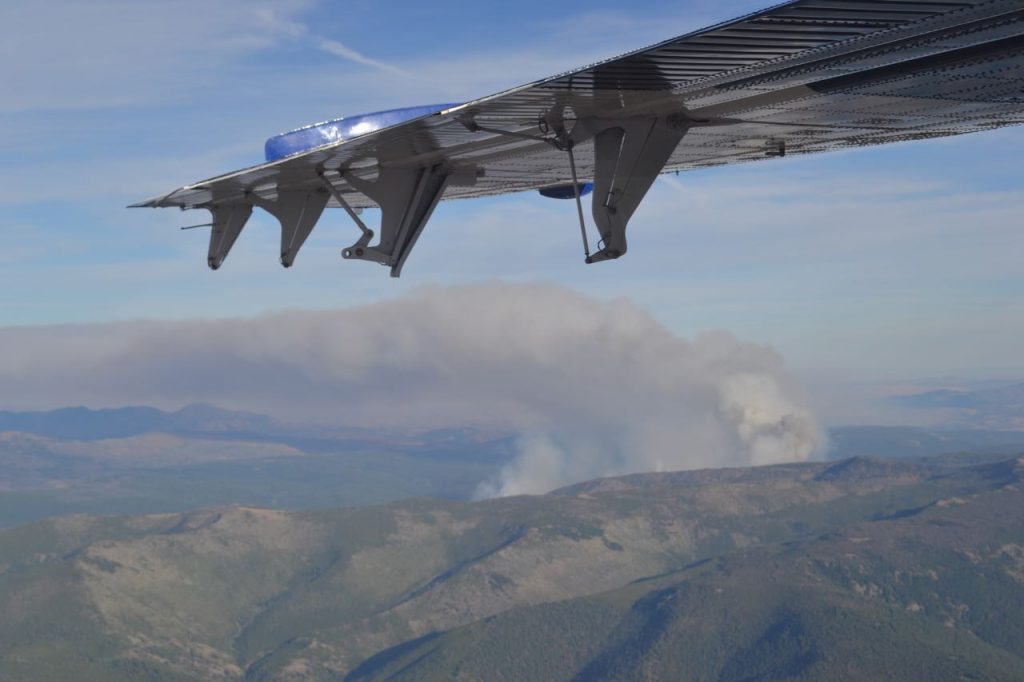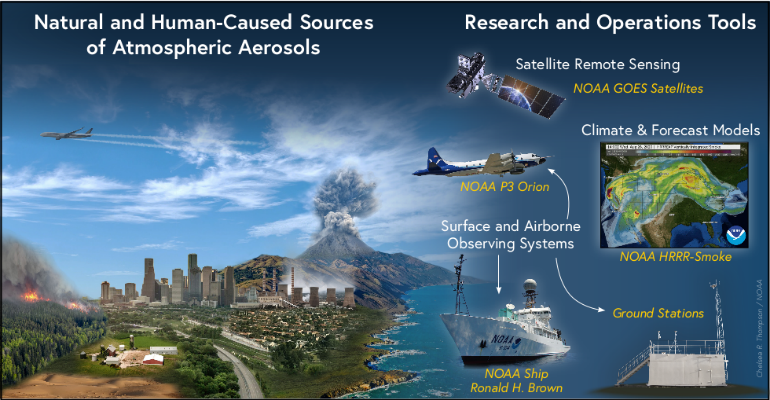Using FIREX-AQ Data to Learn More About Aerosols from Wildfires
A new study supported by AC4 compared both aircraft and ground-based FIREX-AQ measurements to find distinct aerosol processes with height, which cannot be fully characterized by observations from the ground.
Using FIREX-AQ Data to Learn More About Aerosols from Wildfires Read More »










